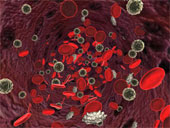Shyness is felt as a mix of emotions, including fear and interest, tension and pleasantness. There may be an increase in heart rate and blood pressure. Shyness can be a normal, adaptive response to social experience. By being somewhat shy, children can withdraw temporarily and gain a sense of control


















